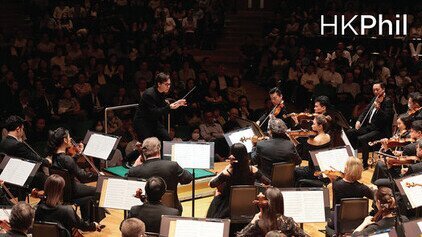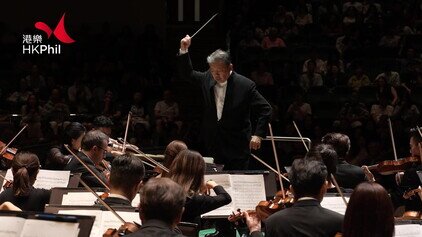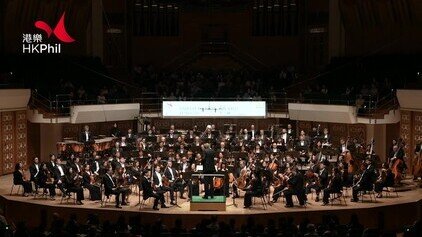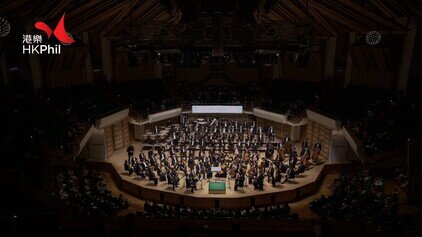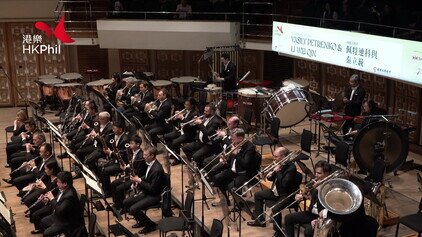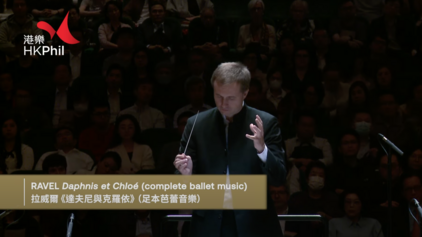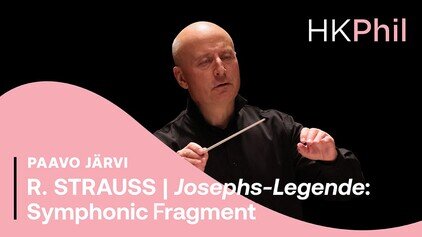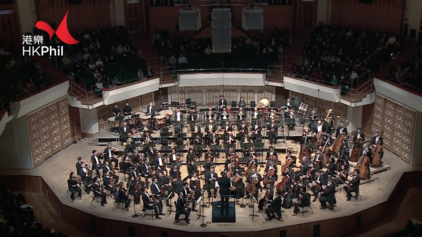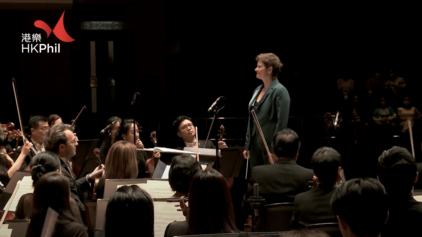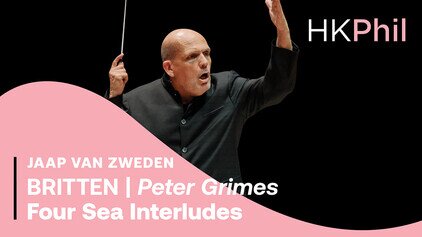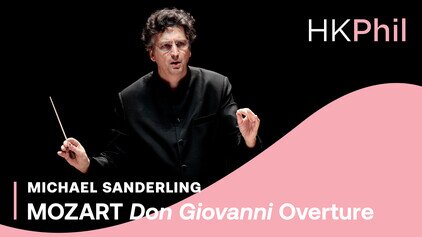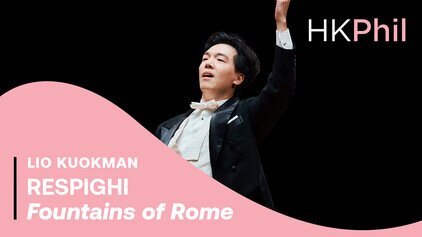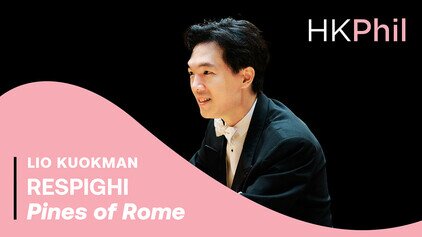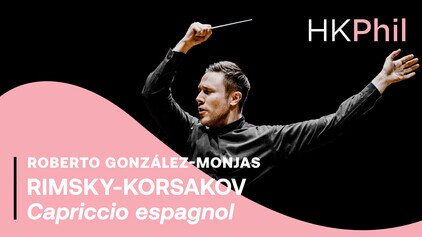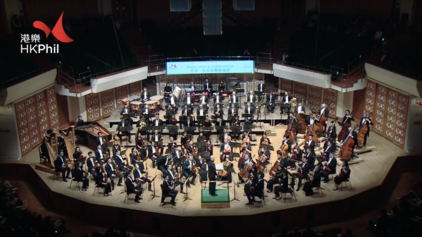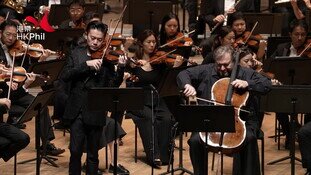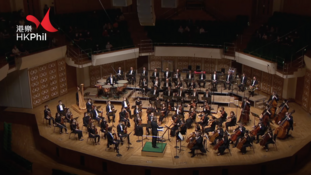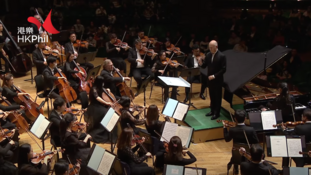MUSSORGSKY | Pictures at an Exhibition
PROGRAMME
MODEST MUSSORGSKY (1839-1881) (orch. RAVEL)
Pictures at an Exhibition
THE COMPOSER
Modest Mussorgsky was a gifted child pianist who, at the age of nine, gave a public performance of a piano concerto. However, at that time music was not considered a suitable profession for young Russian men, so at the age of 17 he enlisted in the Russian Imperial Army. However, he soon decided to abandon that in order to pursue a career in music, but his complete lack of personal organisation meant that it proved to be a financial disaster, and he was obliged to take a humble job as a clerk in the Government Engineering Department. The composer Tchaikovsky once described him as “possessing great talent but is narrow-minded and devoted to coarseness and untidiness for their own sake”. That untidiness, coupled to the chronic alcoholism from which he died at the age of 42, led to his inability to organise his ideas and few of his works were either completed or survived intact.
THE BACKGROUND
In 1874 Mussorgsky had attended a memorial exhibition for his friend, the architect Viktor Alexandrovich Hartmann. Some 400 of Hartmann’s drawings, designs, watercolours and travel sketches were displayed, and Mussorgsky hit on the idea of depicting 10 of the pictures in music along with a recurring “Promenade” theme as the viewer moves from one room of the exhibition to another. At the time of his death, however, the work had not been completed, and it took several months for the composer Rimsky-Korsakov to assemble Mussorgsky’s disorganised sketches into a piano suite first published in 1886 under the title Pictures at an Exhibition. Three decades later the Russian-born conductor, Serge Koussevitzky, commissioned Maurice Ravel to orchestrate it for a performance in Paris on 19 October 1922.
THE MUSIC
Promenade: Announced by solo trumpet, this has been described as “Mussorgsky roving through the exhibition, now leisurely, now briskly in order to come close to a picture that had attracted his attention, and, at times sadly, thinking of his friend.” Different sections of the orchestra take up the theme before arriving at the first exhibit –
The Gnome: Hartmann’s design for an ornamental set of nutcrackers for the Christmas tree in the St Petersburg Artists’ Club was in the shape of a grotesque gnomelike doll.
Promenade –
The Old Castle: One of Hartmann’s travel sketches from his journeys around Italy depicts an old castle in front of which he has drawn a medieval singer. Ravel has given the singer’s melancholy song to the saxophone.
Promenade –
In the Tuileries: A charming picture of children playing in the pretty gardens in the centre of Paris called the “Tuileries”.
Bydlo: The name given to a Polish ox-cart with enormous wheels. It lumbers along heavily while the driver’s song is given out by the tuba.
Promenade –
Ballet of the Chicks in their Shells: In 1871 Hartmann designed the costumes for a production by the Bolshoi Theatre in Moscow. One design was of eggs dancing around on two little legs.
Samuel Goldenberg and Schmuyle: Mussorgsky himself loaned these two pencil drawings to the exhibition. One is of an old Jew, dressed in furs, leisurely in his movements and slow of speech, while the other is of a poor, ragged man who continually complains.
The Market Place at Limoges: This depicts the gossiping, gesticulating women in the marketplace.
Catacombs – A Roman Sepulchre: The exhibition catalogue described this picture as: “The interior of Paris catacombs with figures of Hartmann, the architect Kenel and the guide holding a lamp.” And the idea of death and the grave is carried on into the next statement of the Promenade theme –
With the Dead in a Dead Language where it appears in a more solemn guise.
Babi-Yaga’s Hut on Chicken’s Legs: Hartman had sketched a clock shaped like a hut on legs. Mussorgsky, however, composed a demonic ride inspired by the famous witch from Russian folklore, Babi-Yaga.
The Great Gate of Kiev: One of Hartmann’s architectural designs was for a massive arch to be cited on the road leading into the city of Kiev. It never got beyond the design stage but inspired Mussorgsky to compose a majestic and triumphant conclusion to his work.
Programme notes by Dr Marc Rochester
ARTISTS
SUPPORT THE HK PHIL'S ONLINE PROGRAMMES
The Ambassador Fund allows the orchestra to produce various online programmes, keeping our connection with the communities. The HK Phil has released over 80 online programmes and garnered over 1.5 million views since the pandemic. Your donation supports production costs incurred and helps us share music!
All Performances
Other videos in this series







